Lemon Rice or Chitranna is a popular South Indian dish for breakfast, lunch, and dinner. In most South Indian households, any leftover rice is made into South Indian lemon rice or Elumichai Sadam for the next day’s breakfast or packed into an office/school lunch. It is straightforward to make and is tasty, making it a comfort food in many homes.
Quite often, this is served with crispy potato fry. This dish is a staple in South Indian cuisine and is a great way to use leftover rice and a few simple ingredients. Try this easy Lemon Rice recipe for a delicious and flavorful dish that can be enjoyed for any meal of the day, especially in Karnataka, where it is known as Chitranna in the Kannada language.
Cooking Tips
For the best Lemon Rice, use cooled rice to prevent it from becoming mushy. Adding the lemon juice off the heat ensures its fresh flavour remains intact.
Serving and Storing Suggestions
Serve Lemon Rice warm or at room temperature, and store leftovers in an airtight container in the fridge for up to two days, rejuvenating its flavours with a quick stir upon reheating.
You can make lemon rice a day before and refrigerate. You can also freeze it for up to 2 weeks.
While reheating, add some more lemon juice if required and mix well. You can also add some chopped coriander leaves to freshen up the flavours while reheating.
Other Similar Recipes
If Lemon Rice tantalizes your taste buds, you might also enjoy Tamarind Rice, Coconut Rice, or Tomato Rice, each offering its unique blend of flavours.

Lemon Rice
Ingredients
- 1 cup Pachai Arisi (Raw Rice / Extra Long-Grained Rice) cooked and set aside to cool
- 1/4 cup Lemon Juice
- 1 tsp Salt
- 1/4 tsp Turmeric Powder
- 2 Green Chillies finely chopped
- 1 tbsp Fresh Ginger minced
- 3 tbsp Peanuts roasted
For the Tempering:
- 2 tbsp Oil
- 1 Dry Red Chilli
- 1/4 tsp Asafoetida Powder
- 3 Curry Leaves
- 1 tsp Black Mustard Seeds
- 1 tsp Urad Dal
- 1 tsp Chana Dal
Instructions
- Combine the lemon juice, salt and turmeric powder in a bowl.
- Set aside.
- Put the oil in a frying pan over medium heat.
- When the oil is hot add the dry red chilli, asafoetida powder and curry leaves.
- Stir in the mustard seeds, urad dal and chana dal.
- Fry till mustard seeds splutter and the dals are golden for about 30 seconds.
- Add the cooked rice.
- Stir in the lemon juice mix.
- Let it simmer for a few minutes.
- Remove from heat.
- Add green chillies, ginger and peanuts.
- Toss gently for the ingredients to blend and serve.
Sign up for our newsletter
Frequently Asked Questions
Can I use basmati rice for Lemon Rice?
Yes, you can use basmati rice for Lemon Rice. Basmati’s long grains and fragrant aroma make it an excellent choice for this dish. Ensure the rice is cooked and cooled completely before adding it to the tempering to maintain its texture and prevent it from becoming mushy.
How can I adjust the spice level in Lemon Rice?
To adjust the spice level in Lemon Rice, you can vary the amount of green chillies according to your taste. If you prefer a milder version, reduce the number of chillies or remove their seeds before chopping. Add more chillies, a pinch of red chillies, or red chilli powder for an extra kick.
You can also use a pressure cooker for cooking the rice, infusing it with more flavour and spice. To do this, heat oil in the pressure cooker before adding the mustard seeds, urad dal, peanuts, cashews, green chillies, curry leaves, and dried red chilli and saute for a spicier flavour and crunch over medium flame.
Additionally, depending on your preference, you can adjust the salt level by adding more or less of the recommended one teaspoon salt. Add a squeeze of lime juice and some chopped red chillies to the dish for a tangier flavour before serving.
What is lemon rice, and where does it originate from?
Lemon rice is a popular South Indian dish with cooked rice, lemon juice, and various spices. It is often served as a side dish or as a main course. Lemon rice originates from the southern states of India, particularly Tamil Nadu and Karnataka.
What variations or additional ingredients can be added to lemon rice?
Some variations or additional ingredients that can be added to lemon rice include peanuts, cashews, curry leaves, mustard seeds, turmeric powder, grated coconut, and chopped cilantro. These ingredients can enhance the flavour and add a crunchy texture.
What are some excellent side dishes to serve with lemon rice?
Lemon rice is a flavorful and tangy dish that pairs well with various side dishes. Here are some excellent options to serve alongside lemon rice:
- Cucumber Raita: This cooling yoghurt-based side dish complements the citrus flavours of lemon rice.
- Vegetable Sambar: A lentil-based vegetable stew that adds a rich and savoury element to the meal.
- Coconut Chutney: A creamy and slightly sweet chutney made with coconut, perfect for adding a touch of sweetness to balance the tanginess of the lemon rice.
- Papadums: These crispy, thin Indian crackers make a great crunchy accompaniment to the lemon rice.
These are just a few suggestions, but feel free to get creative and experiment with different side dishes based on your preferences and dietary restrictions.
Can lemon rice be served as a main dish, or is it better as a side dish?
Lemon rice can be served as a main or a side dish, depending on personal preference and the rest of the meal. As a main dish, it can be enjoyed with some added protein, like grilled chicken or tofu.
It pairs well with various curries, grilled meats, or vegetables as a side dish. It can be accompanied by traditional Indian sides such as curd, pickle, chutney, salad, or kosambari. It is often served with fried snacks like masala vada, papad, or pakora during festivals and occasions.
Lemon rice can also be used as a base for other dishes, such as pulao, mixed with vegetables and spices to create a flavorful one-pot meal. Ultimately, it’s up to you how you want to enjoy your lemon rice!
Does the type of rice used affect the taste of the final dish?
Yes, the type of rice used can affect the taste of the final dish. Different varieties of rice have different flavours, textures, and cooking properties.
For example, jasmine rice is known for its fragrant aroma and slightly sticky texture. In contrast, basmati rice has a nutty flavour and long grains that separate easily.
Short-grain rice, like sushi rice or arborio rice, tends to be stickier and chewier, which can be desirable in certain dishes like risotto or sushi. Brown rice has a nuttier flavour and a firmer texture than white rice.
Ultimately, the choice of rice depends on personal preference and the specific dish you are preparing.

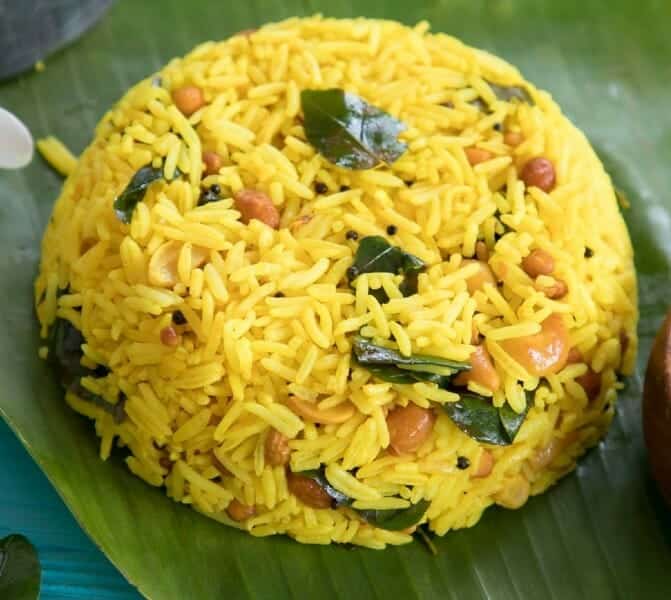
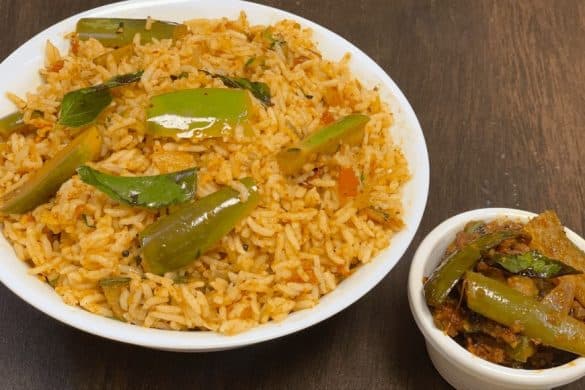
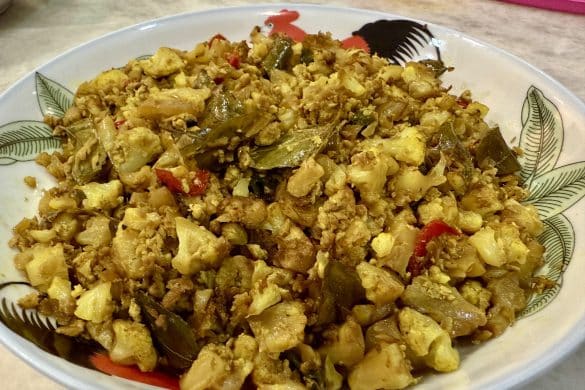
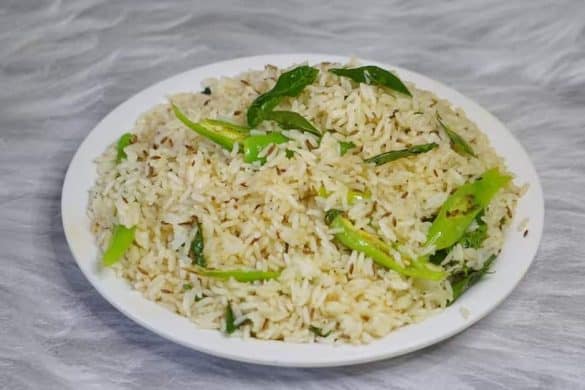
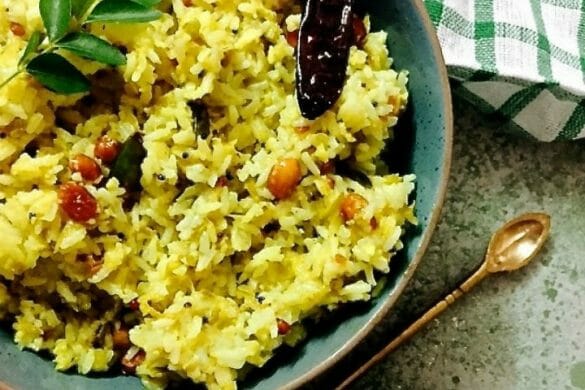
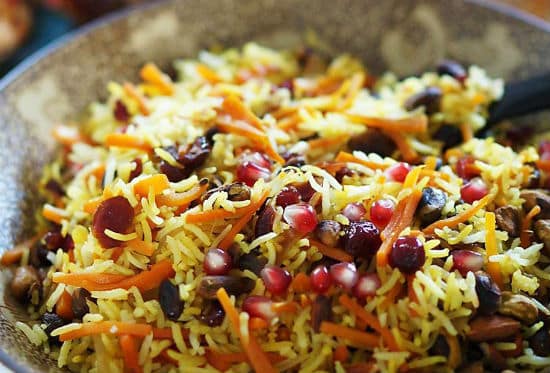
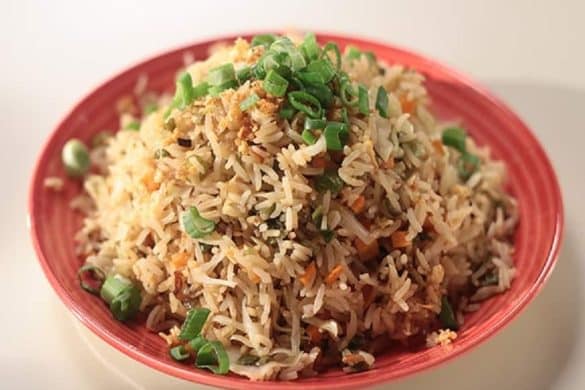

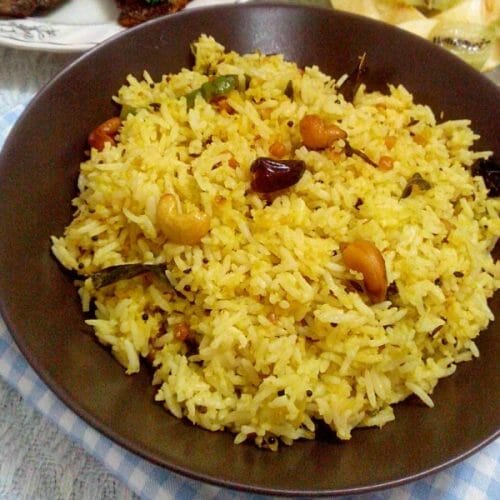
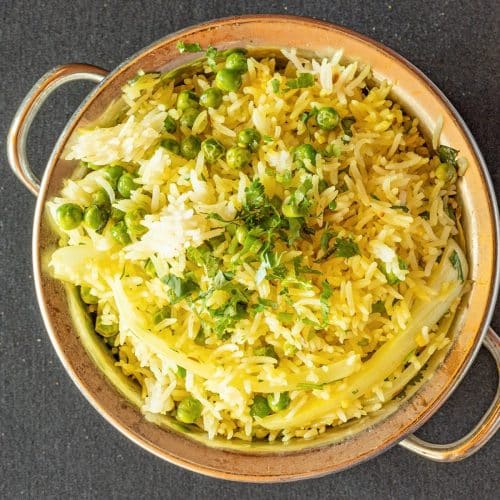
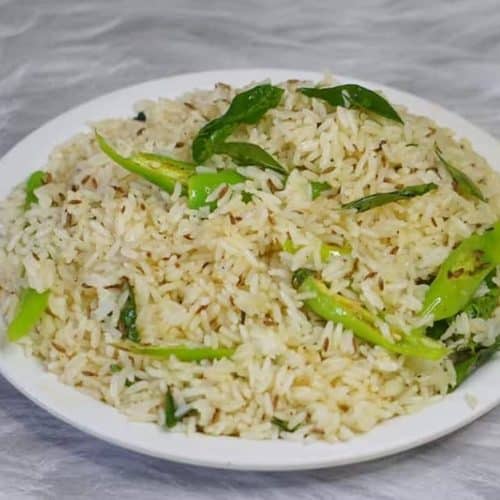
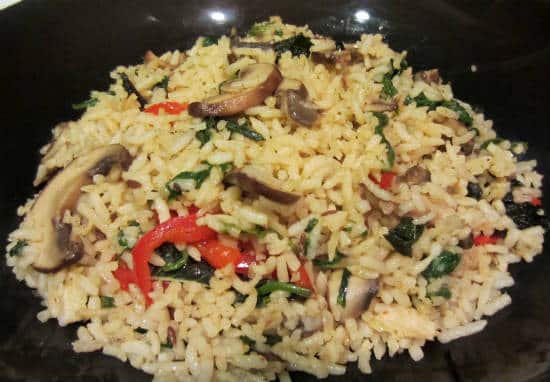
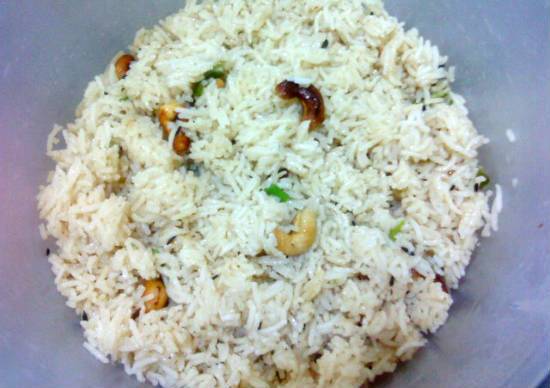
1 comment
good and easy Methode for Quick and soon in preparing…thank you